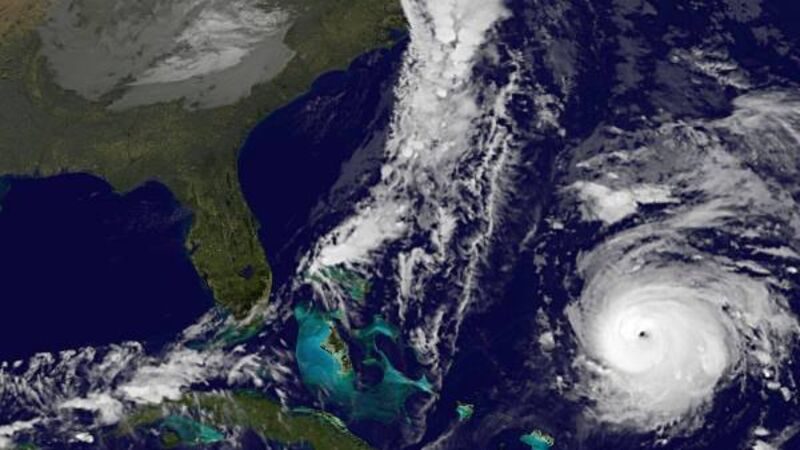Yes, there is an upside to strong winds

No real storms where I live but some very windy days accompanied by squalls of driving rain. It’s a clear example of the fact that weather is dependent on climate and climate is a global phenomenon.
I was having these lofty thoughts as I went for a walk in my local Forest Park. The winds had stripped leaves off the trees and swept them into piles --- like red, brown and yellow snow drifts. Falling leaves in autumn are what give the season its American name of ‘fall’ and it’s something that only happens in temperate parts of the world, there’s no real equivalent in tropical forests, and, obviously, only to deciduous trees. Botanists describe the process as ‘abscission’.
Zoologists also use the word. When a kestrel dives on a lizard and is left with only a wriggling tail in its talon while the rest of the reptile scurries away to safety the defence mechanism of deliberate tail-shedding is also called abscission.
In trees the shedding takes place along an abscission layer at the base of the petiole (another rather unnecessary botanical term, a petiole is only a leaf-stalk). The fact that the tree sheds both leaf and leaf-stalk is most obvious in long-stalked species like sycamore or horse chestnut. The abscission layer consists of a layer of weak cells on the top of the stalk and a layer of expandable cells underneath. When the expandable cells expand they bend the stalk upwards, the weak cells snap, and leaf and stalk fall. Windy weather obviously accelerates the process.
What stimulates the expandable cells to expand is something the botanists don’t seem to be able to agree among themselves. Some attribute it to a chemical reaction set off when the chlorophyll (and the green colour) withdraws from the leaf and into the tree’s root system. Others claim that it’s a direct reaction to declining light levels in autumn.
What makes both explanations a little unsatisfactory is that abscission also takes place in evergreen trees. But they drop leaves, or needles, randomly throughout the year. So in their case the process is not triggered by changes in the amount of chlorophyll or in the ambient light levels.
But the process is quite efficient. Large trees evolved to live in forests and, over countless autumns, the forest floor becomes covered by a thick layer of fallen leaves. This layer has a rich ecosystem of plants, animals and fungi that works tirelessly to reduce the complex chemicals in the dead leaves to simpler compounds that will go on the nourish the roots of the tree in future years. And the process is helped by those Caribbean hurricanes.













